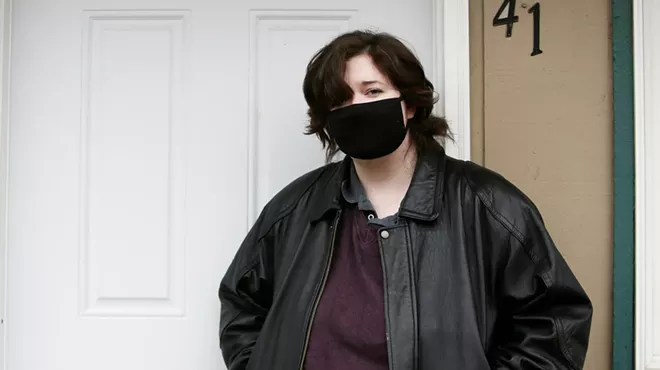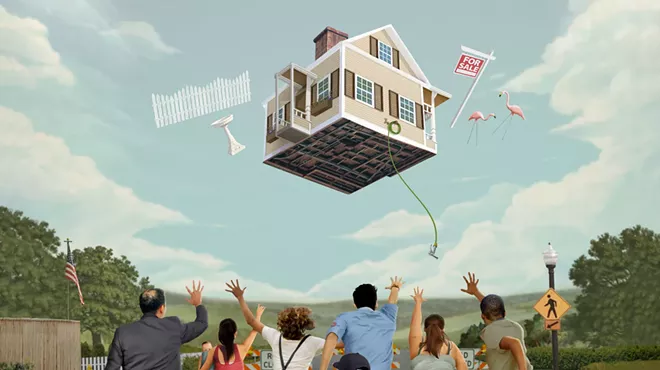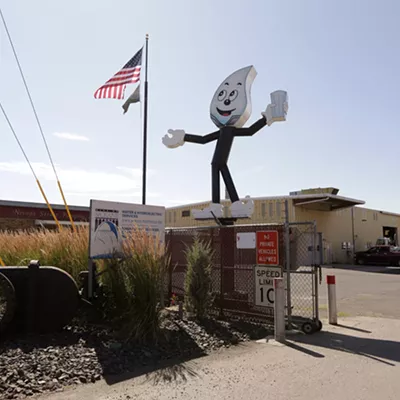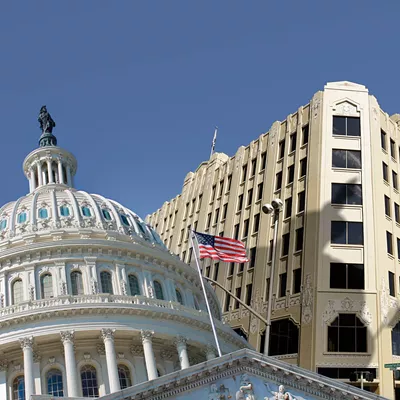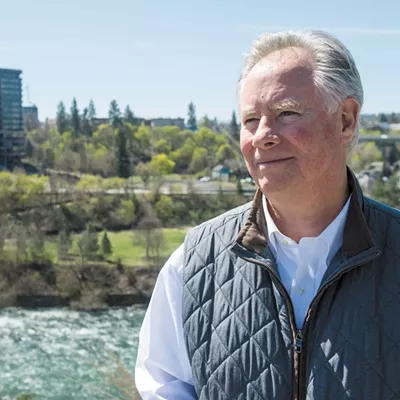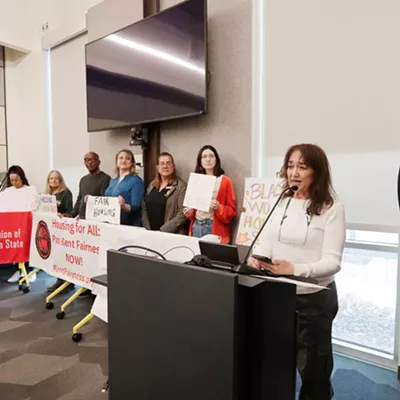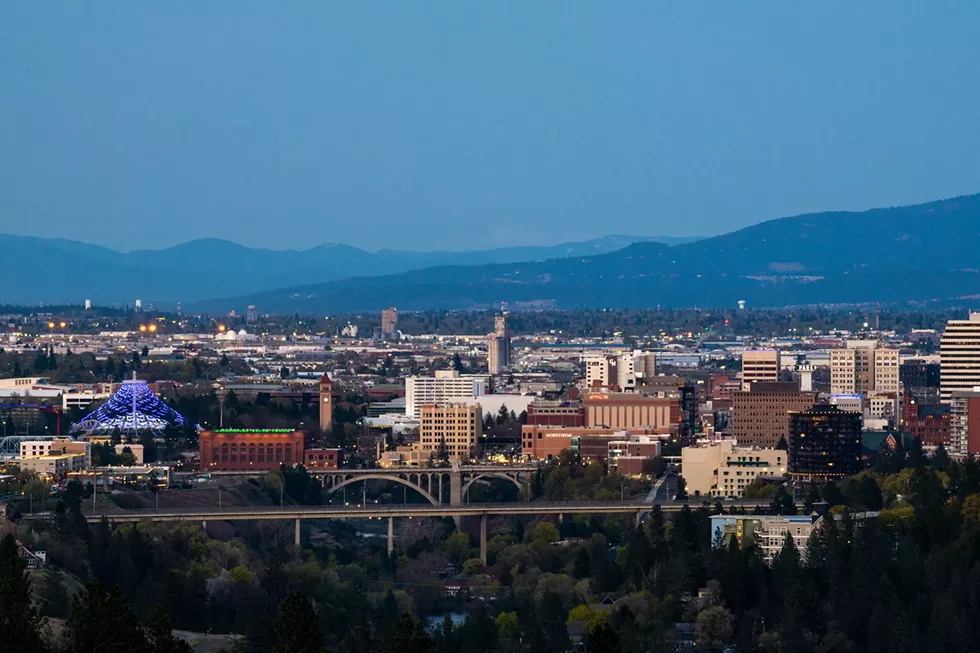
How does a cute little town like Spokane — once famous for its low cost of living — have a spike in housing prices and rental costs sharp enough to make it the star of a New York Times story about our ridiculous spike in rents and housing costs?
Why did the typical rent on Zillow shoot up by over $200 in just a nine-month span last year? How did housing prices climb by 60 percent in just two years?
How did we come to have only one apartment unit available for every 200 apartments in the market?
At its core, the answer is mind-numbingly basic. Economics 101: too much demand, not enough supply.
We have significantly more families in Spokane than we have homes. We don't have enough housing to rent, we don't have enough housing to buy. It's a local housing crisis stacked on top of a national housing crisis, boosted by a global recession and then injected with a worldwide pandemic.
With this package of stories, the Inlander is launching "Out of Reach," a new housing series that investigates why finding a home, or even an affordable rental, has increasingly become out of reach for those in our region — and what we can do about it.
To start with, here's a quick primer about how we got here.
The roots of the housing crisis have been growing for a century. As early as the 1920s, Spokane, like most cities, established "single-family zones" where it was illegal to even build a duplex.
As Spokane grew, it favored the suburbs: It demolished its streetcar system, and plopped an interstate highway through its city center's poor, minority neighborhoods. Fewer houses were spread over a wider space.
Washington state passed a law to crack down on sprawl in the 1990s, only allowing closely built developments in and around the cities. It was supposed to drive dense development inside cities like Spokane. Instead, Spokane stagnated.
After all, truly dense development was illegal in most of the city. Your plot of land can't be too small, your yard has to be at least so big, you have to offer so much parking, you can't build too high or too close to the street.
Spokane could rezone, but why would they? Neighbors — the kind who already had homes, the kinds who attend neighborhood council meetings, the kind who vote — wouldn't have it. They worried densely packed housing brings traffic, noise and crime. They offered vague complaints about "neighborhood character" and less vague concerns that their neighborhood would be ruined by those people, you know the kind I mean.
Renters.
In 2008, a different kind of housing crisis hit: America had, in some places, built too many single-family homes — or, at least, built them too big and too pricey. Bad Wall Street bets on the housing market tanked the entire worldwide economy, and the construction industry with it. Vast numbers of contractors and carpenters fled the industry. Construction got slower. Financing got tougher.
As it emerged from the recession, Spokane became a destination for those pushed out by increasingly expensive cities on the West Coast. Our population began increasing much faster than expected.
By 2017, alarms were blaring: Spokane hardly had any empty apartments available and rents were climbing. But other than some small changes to zoning policies and some additional multifamily housing incentives, Spokane's leadership didn't scramble to address the building emergency.
Spokane Mayor David Condon launched a campaign to recruit more people to the area, bragging about what kind of amazing house you could get in Spokane compared to Seattle. Spokane City Council members kept regularly opposing zoning changes for proposed housing developments — each, surely, for carefully considered reasons, like traffic levels and neighborhood opposition.
The sprawl Spokane tried to avoid happened anyway — it just happened across the border. Kootenai County's housing market exploded.
And then, the second international crisis hit: COVID-19. Lockdowns temporarily froze the construction industry. A backlog piled up. Outbreaks, COVID safety restrictions, and sudden jolts in demand choked supply lines of materials. Building became more time-consuming and more expensive.
Washington state's eviction moratorium protected some low-income tenants from being booted out into homelessness, but it also paralyzed the rental market and spurred some frustrated landlords to sell their rentals.
Meanwhile, for those in bigger, more expensive cities like Portland and Seattle, the chance to work from home meant they could, theoretically, work from any home. So why not Spokane?
At the same time, potential homeowners — including millennials who'd delayed home shopping ever since the Great Recession crippled potential salaries — benefited from stimulus checks, higher unemployment payments and deferred entertainment expenses. They had a pile of savings. Maybe even enough for a down payment. Rent increases meant renting was becoming less and less affordable. Inflation meant interest rates were bound to spike. Now was the obvious time to buy a home.
Both new buyers and work-from-home outsiders flooded into our housing market at the same time.
Spokane gots its wish. Suddenly, everyone wanted to live in Spokane. The only problem was Spokane never bothered to build them a place to live. ♦



